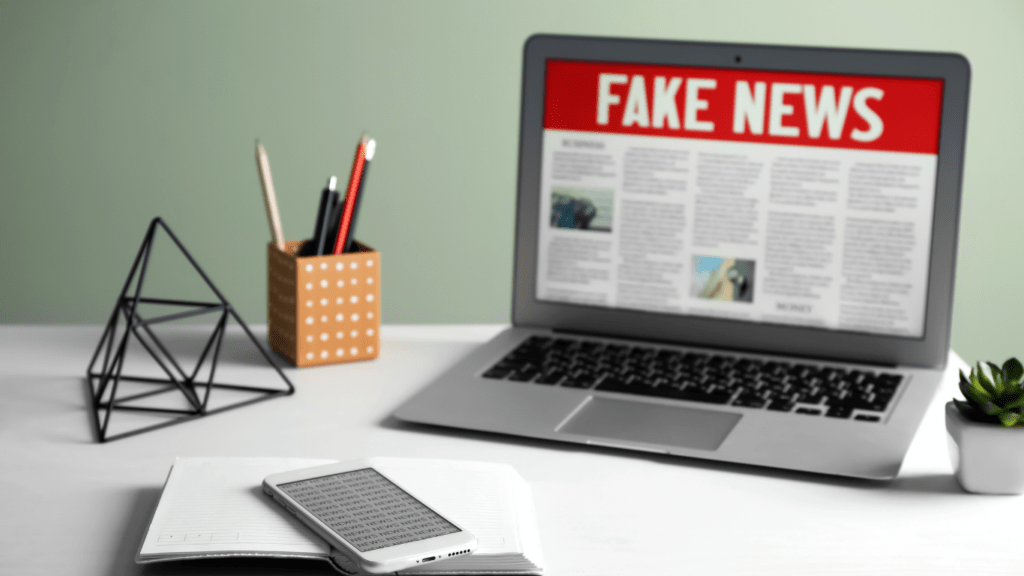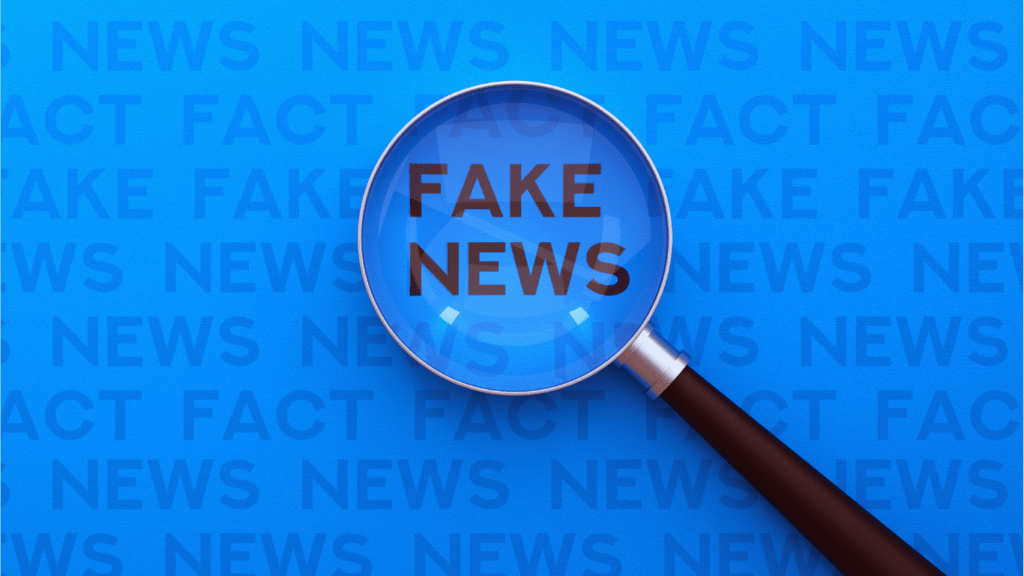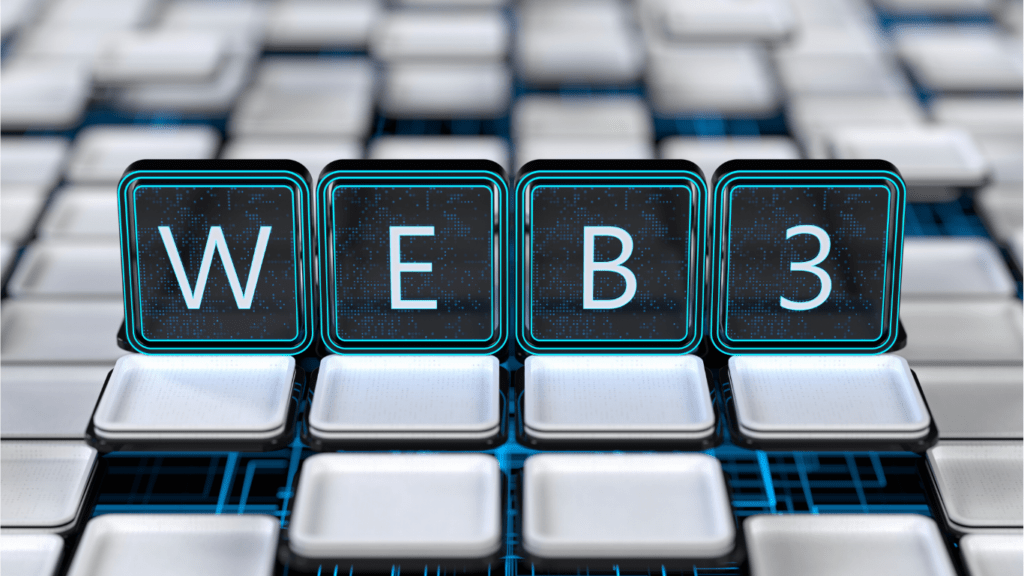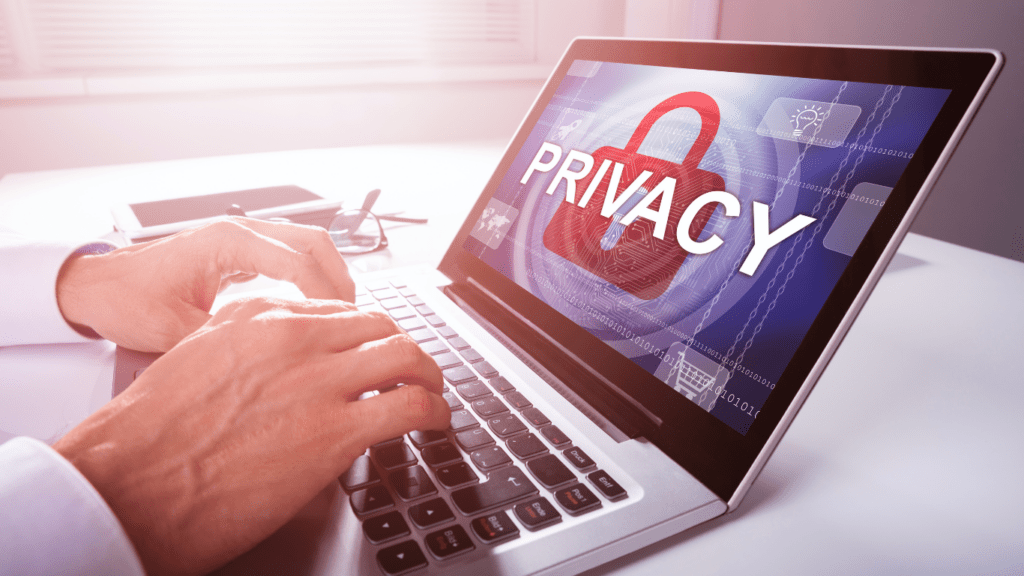Scrolling through social media or news sites, it’s easy to feel overwhelmed by the sheer volume of information. But not everything we see or read is real. Deepfakes and misinformation have made it harder than ever to separate fact from fiction, and they’re spreading faster than we can blink. These digital deceptions can look shockingly convincing, making it crucial to stay sharp.
Understanding Deepfakes and Misinformation
Deepfakes and misinformation pose serious risks in the digital age. Both rely on manipulating digital content to spread false narratives, making it harder to trust online information.
What Are Deepfakes?
Deepfakes are AI-generated media, including videos, images, or audio, made to imitate real people. These forgeries often involve faces and voices of public figures or private individuals. By using algorithms like deep learning, creators can replicate speech patterns and facial expressions. One example includes videos where a person appears to be speaking words they never actually said.
The technology behind deepfakes comes from generative adversarial networks (GANs). GANs train models to create realistic outputs by improving generation through feedback loops. While deepfakes initially emerged for entertainment or artistic purposes, they are now frequently used in misinformation campaigns.
The Rise of Misinformation in the Digital Age
Misinformation has surged due to accessible digital platforms, including social media and forums. Falsified stories, doctored images, and misquoted statements travel rapidly across these channels. Platforms often prioritize engagement metrics, amplifying sensational or misleading content.
Social bots, paid trolls, and unverified news accounts contribute to the spread of misinformation. One common example includes fake health advice, like unsupported treatments for diseases.
Algorithms further accelerate misinformation by creating echo chambers. These algorithmically-driven bubbles reinforce pre-existing biases, ensuring users encounter similar false narratives repeatedly.
The Impact of Deepfakes on Society
Deepfakes have altered the way society consumes and interacts with media. Their influence has profound implications for political, social, and cultural landscapes.
Political Manipulation
- Deepfakes destabilize trust in political information by creating false narratives.
- AI-generated videos or audio clips misrepresenting leaders have surfaced in elections, policy debates, and international relations.
- Fabricated videos of politicians making controversial statements have sparked public outrage and divided voters, undermining democratic processes.
- False allegations, amplified by social media, can spread more quickly than fact-based corrections, eroding faith in institutions.
- The ability to weaponize deepfakes in disinformation campaigns creates vulnerabilities in decision-making and public opinion.
Social and Cultural Ramifications
Deepfakes harm cultural trust by challenging notions of authenticity. Misleading videos, often depicting celebrities or influencers, contribute to mistrust in digital content. For instance, manipulated celebrity endorsements or falsified interviews can sway public behavior, impacting industries like marketing and entertainment. Deepfakes also proliferate harmful content, including revenge porn, which victimizes individuals and perpetuates gender-based harms. The psychological toll associated with being falsely implicated can damage reputations, relationships, and mental health. As deepfakes redefine how individuals perceive reality, their widespread use raises ethical questions about consent and digital integrity.
Techniques to Spot Fake News Online

Deepfakes and misinformation make it crucial to critically assess online information. Using specific strategies can help identify and avoid false narratives effectively.
Verifying Sources
I always check the credibility of a source by:
- examining its reputation
- history
- transparency
Established outlets like Reuters, AP, or BBC often maintain accuracy, while unreliable platforms prioritize sensationalism. Checking the author’s credentials and reviewing their prior work help validate expertise. Consistent, unbiased reporting from multiple sources strengthens trustworthiness. For example, verifying breaking news across major media outlets highlights consistency or potential falsehoods.
Checking Media Authenticity
Scrutinizing photos, videos, and audio ensures they’re authentic. I inspect metadata for manipulation clues, using tools like InVID or Fotoforensics to reveal alterations. Subtle errors, such as unnatural lighting or mismatched reflections in images, indicate tampering. Cross-referencing content with original footage from trusted sources helps confirm its origin. Deepfakes can exhibit irregular blinking, misaligned facial movements, or distortions, which signal fabrication.
Utilizing Fact-Checking Tools
Integrating trusted fact-checking resources validates claims effectively. I rely on platforms like Snopes, PolitiFact, and FactCheck.org to evaluate suspicious narratives. Browser extensions like NewsGuard provide ratings based on reliability and content ethics. When encountering viral content, using aggregator tools like Google Fact Check Explorer offers comprehensive verification by comparing multiple datasets.
The Role of Technology in Combating Misinformation
Technology plays a significant role in addressing the spread of misinformation and deepfakes. By leveraging advanced tools and collaborative efforts, it’s possible to mitigate their impact and enhance digital trust.
Advances in AI to Detect Deepfakes
AI advancements have enabled the development of tools that effectively identify deepfakes. Detection algorithms examine minute inconsistencies in visuals, such as unnatural blinking or mismatched shadows, to flag manipulated content. For example, Microsoft’s Video Authenticator analyzes frames to estimate the likelihood of a video being altered.
AI systems also detect audio deepfakes by analyzing irregularities in speech patterns or background noise. Tools like Resemble.AI scan for tonal inconsistencies, helping to expose fraudulent audio. Continuous machine learning improvements enhance these tools to stay ahead of increasingly sophisticated deepfake technologies.
Collaborative Efforts by Tech Companies and Governments
Tech companies and governments collaborate to fight misinformation and deepfakes by creating unified strategies. Social media platforms like Facebook and Twitter use AI filters to catch misleading content, while also providing transparency reports to users.
Governments support these efforts through regulations targeting false information’s propagation. In 2022, the European Union introduced the Digital Services Act, which holds companies accountable for vetting and removing harmful content. Partnerships between digital platforms and law enforcement agencies further strengthen these initiatives by tracking and penalizing malicious actors.



